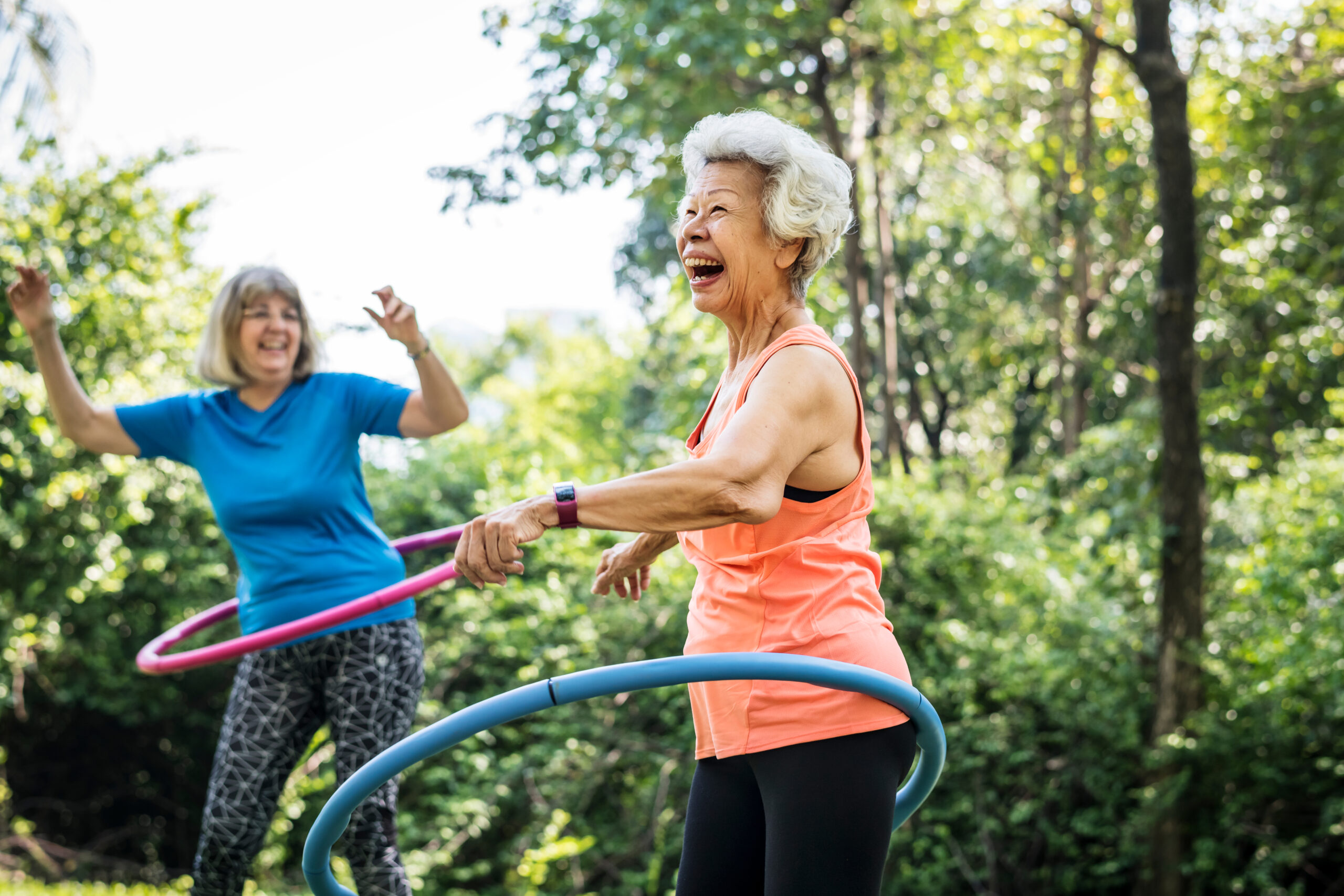Families and communities feel the heavy impact of cancer due to the high cost of treatment and increased use of healthcare resources. Since the pandemic, a shortage of workers and high cancer incidence has overwhelmed the healthcare system, so it’s up to us to start doing the work to preserve our health. As we age, we make choices that help or hurt our body, our finances and our families. When we start exercising, eating healthier and taking an active role in our health, we impact the future of those we love by:
- Reducing costly medical bills that come with a chronic illness, like cancer (as insurance rates rise and coverage decreases).
- Giving our family/friends the ability to take care of their own mental and physical health. When we get sick, those we love end up sacrificing their time, energy and finances to help support us.
- Influencing those around us to improve their health. You gain a sense of community by looking outside of yourself and realize that people are looking to you for inspiration.
The first step to get moving is figuring out why you want to exercise. Imagine lifting your kids/grandkids easily or recovering quickly from illness. How about not feeling tired all day or not relying on caffeine or pharmaceuticals to get through each day? This is certainly possible at any age and with the help of the National Institute on Aging, we created this toolkit to help you get in shape to fight (or prevent) cancer:
- What activities are important to you? Figure out what you want to keep doing as you age.
- Find your starting point. Write down how much time you are physically active to find ways that you can increase your activity.
- Set some goals. Put this where you can see it daily and assign rewards for reaching each goal.
- Track your progress. See how you’re doing with balance, flexibility, strength and endurance each month. Consider: If you don’t reach a certain goal, do not judge or be hard on yourself. Progress means developing the habit, not strictly just doing it for the outcome.
Exercise helps lower the risk and slow progression of many cancers by fighting insulin resistance, lowering inflammation and releasing beneficial proteins. It also decreases our risk for injury and falls from weakened bones as we age. Building lean muscle allows us more flexibility when eating some of the foods we enjoy by soaking up that extra sugar to create energy.
Bonus: A helpful way to counteract the 8% muscle loss we experience each decade is to substitute more protein for carbs. Here is a great protein calculator to figure out how much protein we should be eating based on specific age, weight and activity level. If you don’t want to do the math, start with 100 grams of protein daily and work your way up to 1 gram per kg of body weight. To learn more, read this interview with Dr. Donald Layman on the health implications of protein.
We are passionate about using exercise to fight cancer, so reach out to us if you need help connecting to resources that will help you get moving!

